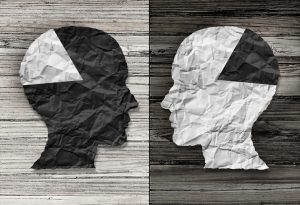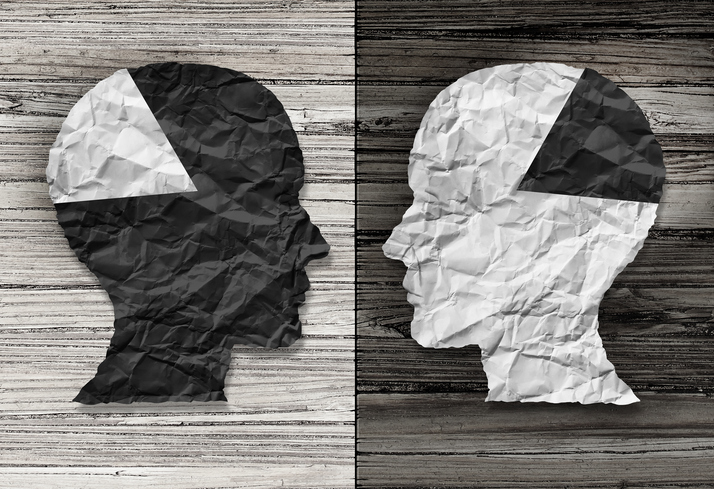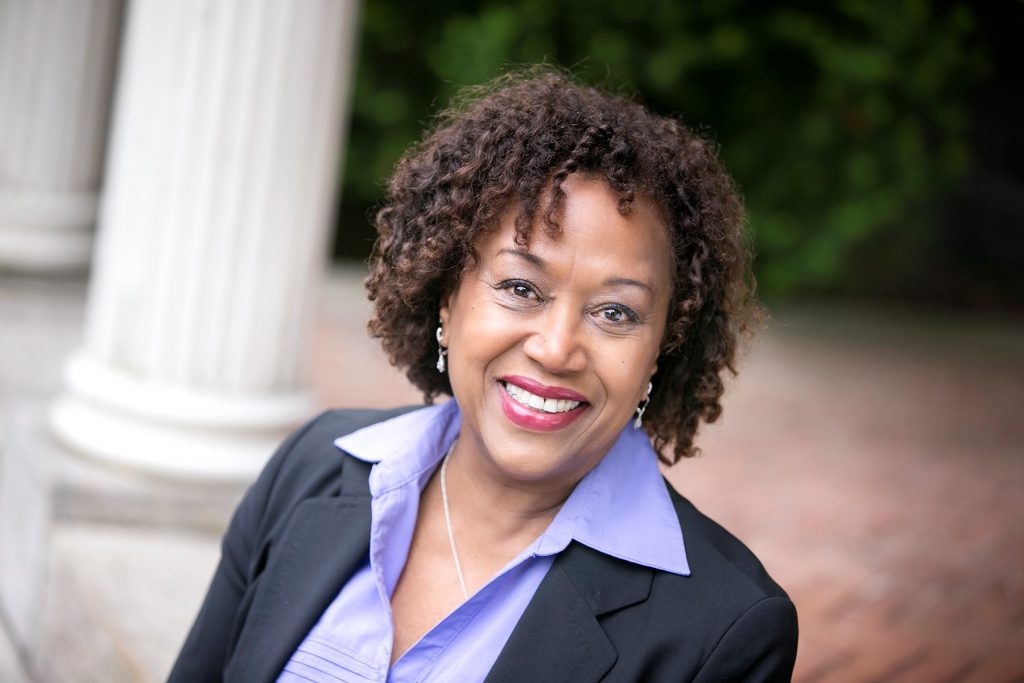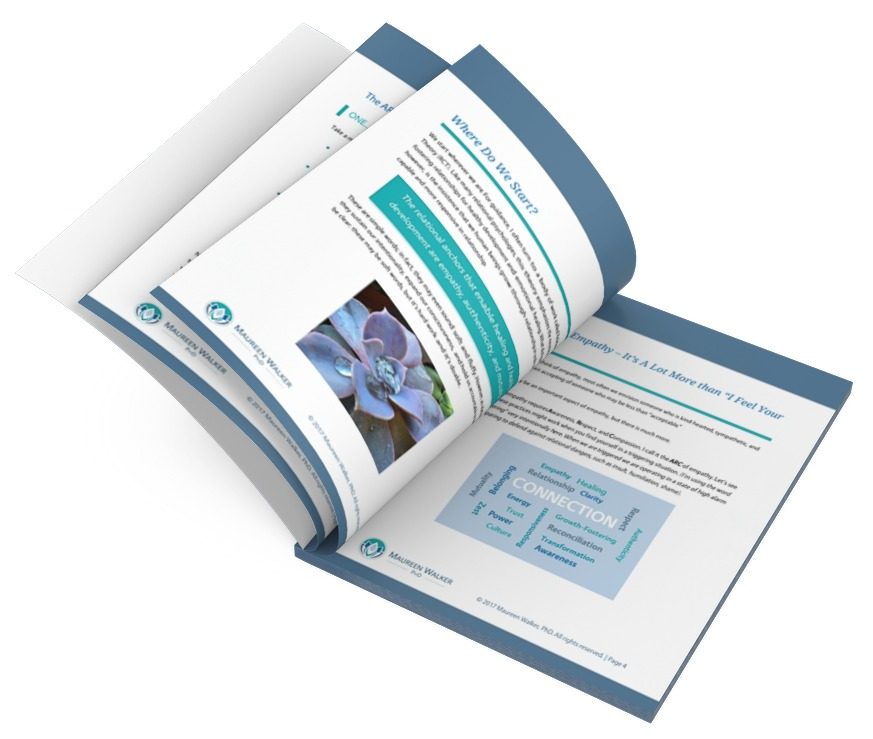Word has it that Jefferson Beauregard Sessions is mighty sensitive about his name. Because of his eponymous connection with two storied Confederate generals, he worries that people will caricature him as racist. He has a point. His name is suggestive of a certain legacy. His actions, however, say more about his character than his name ever will. While he protests the unfairness of what he calls the racist “caricature”, he has spent decades trying to enforce the politics of white supremacy. Now, in his role as the chief law enforcement officer of the United States, he has a powerful platform from which to double down on this divisive quest. I say “quest” because whiteness has always been contested territory, and like his predecessors, Sessions has devoted much of his career to clarifying and fortifying its borders. Considering his proven proclivities, his current project of investigating whether college admissions officers discriminate against White and Asian American students seems more a continuation of the supremacist legacy than an effort to expand equitable access to all students. But he and his posse have a 21st century problem: it’s called science. Human genome studies have laid to rest any essentialist notions about race, so how are they going to define “white”? At what point do various ancestral strains – from Europe, South America, Asia, even North Africa “melt” into whiteness?
The fact that Jefferson Beauregard’s campaign isn’t particularly novel in no way lessens its urgency. In this “back-to-school” season, students of all colors and ethnicities are entering classrooms from pre-K to the ivied halls. How they experience themselves, their teachers, and each other is as much a part of their development as anything else that is codified in the curriculum. Will they experience themselves as fully vested members of a learning community or as guests who must continually earn their welcome? Worse yet, might they experience themselves as interlopers who must be monitored and “managed”– lest they diminish the value of the experience for others or reap a benefit that is not rightfully theirs? Jefferson Beauregard has conscripted the nation’s foremost legal defenders to answer these questions, thus demarcating the territory once and for all.
From the 18th century and onward, there has been no lack of effort to tighten the territorial borders – to eliminate the ambiguity around whiteness. Apparently, some people thought arithmetic would help. They codified the “one drop” rule which classified people with one drop of blood from sub-Saharan Africa as “Negro”. (They didn’t go so far as to specify how big the drop had to be, but they were pretty sure it was just one drop.) This spurious use of mathematics even extended to the use of fractions: the members of the 1787 Constitutional Convention decided that black slaves would count as three-fifths of a white person. Were it not for the inter-generational havoc they have wreaked upon our nation, these 18th century classification schemes would seem rather silly. But even silliness can be put to good use when it helps us confront the truth of the matter: that racial classification has never been about arithmetic, or science, or quasi-science. It is now and has always been about belonging, safety – emotional and physical – all of which facilitate access to power.
White Racialized Anxiety and the Rightful Order of Things
Once we get beneath the surface of things (e.g. the color of the matter), we can see that these racializing antics are driven more often by the anxiety that accompanies perceived shifts in the rightful order of things than about any particular brown or black body. The biggest racist in town is willing to take a selfie with a fleet-footed black athlete – so long as he isn’t (a) the putative leader of the football team and (b) doesn’t speak out about political matters. In a similar vein, a columnist for the Hartford courant celebrated “blonde and willowy” Maria Sharapova for “rescuing the tennis world” (presumably a white world?) from the likes of Serena Williams and her “relatives”.
We see this on the larger political stage as well. According to seasoned national security professionals, the election of the Barack Obama triggered a level of vitriol and threat that even they found disturbing. The man himself, soft-spoken and highly deliberative in both word and action, could hardly have been less threatening. However, he did represent an encroachment on the territory of white supremacy: in the minds of some, his election was the culmination of a system gone amuck. One Boston talk show pundit went so far as to say that the 44th POTUS “never worked for anything” and “had everything handed to him because of the color of his skin”. Just so this he wouldn’t be mischaracterized as racist, this editor invoked the nickname of Big Papi, a dark-skinned baseball player from the Dominican Republic, as someone who was “beloved” and “would actually be missed” when he leaves in the field in 2017. (By the way, I intend no disrespect to Mr. Ortiz.)
In spite of these relentless campaigns against insurgency by people of color, the borders of this whiteness are permeable. People of any color can and have joined in these anxiety-driven campaigns to delineate the borders of white supremacy. Some have been aided by phenotype; they manage to slip through undetected and “pass” for white, thereby making a tenuous claim on safety and belonging. Others, who can’t rely on phenotypic camouflage, attempt to scale the borders by aligning themselves with the politics of white supremacy. Former Milwaukee County sheriff David Clarke comes immediately to mind. Why else would he need to display flagrant disdain for Black Lives Matter activists, while simultaneously endorsing the presidential candidate who advocated violence against them? To quote George Lipsitz, nonwhite people can become active agents of white supremacy as well as passive recipients in its hierarchies and rewards. It seems that Mr. Clarke expected his reward to be a job in the White House. (Ultimately, that didn’t happen, but I imagine they thanked him for his service.)
I doubt that Jefferson Beauregard would ever believe it, but racializing the boundaries of belonging, safety, and power entrap us all. With notions of white supremacy and black inferiority establishing the ideological poles, all immigrants from all continents must reckon with the race ranking systems that influence social belonging and access to power. Lipsitz describes whiteness as the “unmarked category” against which difference is constructed and organizing principle in social relations that “never has to speak its name”. Academic writers like Karen Brodkin and Noel Ignatiev document the process by European immigrants become white, highlighting the systematic losses as well as the promised rewards. Perhaps more poignant are the stories of everyday awakenings to the existence of racial hierarchies in America. As a post-WWII immigrant put it: it dawned on him slowly that becoming American meant becoming less Hungarian and more white.

Reflections for Resistance
Everyone needs to feel safe, physically and emotionally. We are hardwired to connect, to move toward social acceptance and a sense of belonging. However, relentless campaigns to fortify racial boundaries will not get us there. Disconnection breeds disconnection. The promised rewards of heightened racialization are illusory and short lived: they lead ultimately to more anxiety, violence, and despair. We can resist. We can resist being held captive by the racist ideologies that fuel Jefferson Beauregard’s ill-begotten campaign.
So where should we start? As a culture, we have all learned to play so many “word games” about race. Maybe it’s time to also pay attention to how we “do” race – starting with our physical experience.
Here’s the first question: How do we do race with our bodies?
- Notice how you feel – right down to your musculature – when you know you are in a racial context where you “belong” – in a cultural space that feels like “home”?
- Notice how you feel – in your muscles, your breathing, your laughter – when you are in a racial context where you are less certain that you “belong”?
- How do you position yourself in space?
- When are you likely to take up more room?
- When are you likely to constrict your movements to feel “safe”, or so as not to transgress the boundaries of welcome?
I’m guessing the word “welcome” never comes to mind when you know you belong. You don’t really need to be welcomed by anyone; your attention is free to go wherever you choose to direct it. What are you free to do or not do when you feel the safety of belonging? I can give you a small example. I was shopping in our neighborhood grocery store when I saw a white mother walk up to the hot foods counter and ask for some chicken nuggets to calm her irritable and probably hungry young son. The fact that there was no “kids eat free” sign did not deter her from saying: “Let’s ask this nice man to give you some nuggets. Would you like that?” And on cue, the nice man behind the counter smilingly obliged. I was struck by my own stunned reaction. The woman did nothing wrong; she was taking care of her young son. Well, maybe she was exercising a little class privilege, but that’s not the point. The point is that she felt safe enough -in every respect- to ask for what she wanted. She was not risking her dignity or social acceptability by asking for free food. I had to admit that after 25 years shopping in the same store, I would not have asked for anything without having visible money in hand. (Nor am I likely to open a bottle of soda and start drinking it before I’ve paid for it.) Call me overly cautious, but as an African American woman, much of my shopping behavior consists of trying to avoid suspicion by looking scrupulously honest. In the research literature, they call that stereotype reactance. My brain calls it making sure no one thinks I’m stealing or free-loading.
I hope the relevance to academic performance is apparent. A recent Boston Globe story recounted the experiences of an African American senior who summarized his experience in a predominantly white school with this yearbook caption: “I did not feel safe in this school”. Exclusion and denigration create social pain – real pain that follows the same neural pathways as physical pain. In his book Whistling Vivaldi (a must read for anyone working in education), Claude Steele presents thoroughly documented evidence that stereotype reactance depresses academic achievement. Given Jefferson Beauregard’s most recently publicized quest, I wonder what a first-in-family, first generation immigrant student is experiencing as she sits (for example) in a Duke University lecture hall. Once again, he has been deployed to protect the boundaries of belonging – this time by threatening to retract the inclusion of young people whom we have come to call “Dreamers”.
A second way of resisting the border campaigns is by recognizing race as a system of meaning-making: meanings that have both political and emotional salience. Beverly Daniel Tatum proposed a simple, yet elegant exercise to help her students discover the meanings and consequences of racial classification. She encouraged her students to consider how racial identification affected their self-perception over time. The question was worded something like this:
How has my view of myself as a white (or black or ______) person changed over time?
This question directs attention to race as a system of meaning-making. It is an operating principle that influences not only the structure of relationships, but also the nature of our presumptions and expectations. Whenever we are tempted to believe in any essentialist or divisive notions about race, perhaps this is a good exercise for all of us. Just as a thought experiment, I would further propose that we construct a timeline – say starting at five years old and divided into five-year chunks – to explore how racialized identity affects our daily life. I should say here that this reflection often triggers very different responses across racial groups. Specifically, one of the privileges of dominance is to never have to think about race. As Janet Helms once put it, racially dominant groups learn how to “do” race, but not to think or talk about it.
Of course, the meanings and consequences shift over time and context, but these are still useful questions.
- How does the emotional and political salience of race shift across contexts?
- What do you feel free to do?
- What do you dare not do?
- To what extent do our words and actions match thoughts and feelings?
- How much of our inner reality do we dare bring forward into relationship?
The point of these reflections for resistance is to help us move toward a fuller experience of our humanness. And that would include the sublime stuff as well as the messy stuff. However scarred we are by our racialized histories, we still have the capacity to move toward healing and wholeness. In order to do so, we must resist the great lie that we achieve wholeness through fragmentation. The relentless pursuit of white supremacy is premised upon the lie that our survival is dependent upon divisiveness: that our own self-worth is enhanced when we can position ourselves better than, more deserving, even a little more human than other humans. It’s an ugly campaign that threatens to devour the soul of our nation, but apparently Jefferson Beauregard and his commander-in-chief think that someone has to do it. There is no neutral zone. It is foolhardy – even destructive – to adopt a guise of racelessness. Our histories – personal and collective- are such that race is real and it matters. That said, we must embark on a campaign of a different sort: to stake a claim on our full humanity and discover the possibilities of e pluribus unum – to allow ourselves to know who we can become when we embrace the reality of “United We Stand”.



